
Café Wall
The Café Wall Illusion is a optical illusion in which the parallel horizontal lines between rows of black and white 'bricks' appear to be sloped or slanted.

The Café Wall Illusion is a optical illusion in which the parallel horizontal lines between rows of black and white 'bricks' appear to be sloped or slanted.

Find a way to completely remove one of the glasses from the tray. This optical illusion was invented by Gianni A. Sarcone.

The two vertical lines are both straight, but they look as if they were bowing outwards. The Hering Illusion is an optical illusion discovered by the German physiologist Ewald Hering in 1861.

The bigger the better. Which arc is bigger? The Jastrow Illusion is an optical illusion discovered by the American psychologist Joseph Jastrow in 1889. In this illustration, the two figures are identical, although the lower one appears to be larger.

French artist Marcel Duchamp created these Rotoreliefs, discs designed to be placed on the turntable of a gramophone. When rotating, each disc creates an illusion of depth. The illusion becomes more intense when viewed with only one eye.

The Müller-Lyer Illusion is an optical illusion consisting of nothing more than an arrow.

This is one of many versions of the Ponzo Illusion, an optical illusion that was first demonstrated by the Italian psychologist Mario Ponzo.
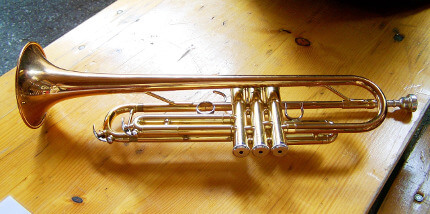
This is another version of the Ponzo Illusion, an optical illusion that was first demonstrated by the Italian psychologist Mario Ponzo.

The Phenakistoscope (also spelled Phenakistiscope) was an early animation device used to create the illusion of motion.
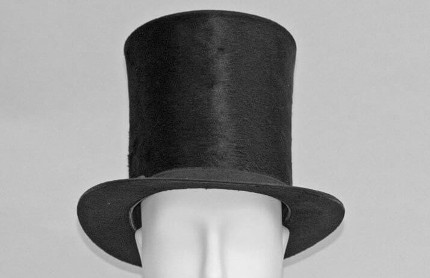
The top hat illusion is a variation of the T-Illusion. It is a a visual illusion in which the width of the brim of a top hat appears to be shorter than the height of the hat, despite the two lengths being equal.
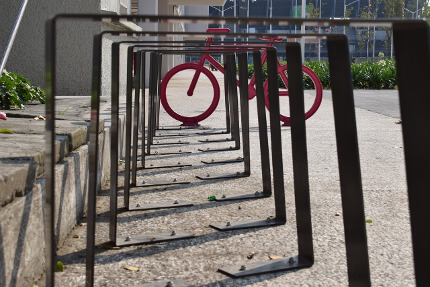
The Ehrenstein Illusion is an optical illusion in which the sides of a square placed inside a pattern of concentric circles take an apparent curved shape.

A variation on the Penrose Triangle, the Penrose Stairs or Penrose Steps, a.k.a. the Impossible Staircase, is an impossible object created by Lionel Penrose and his son Roger Penrose.
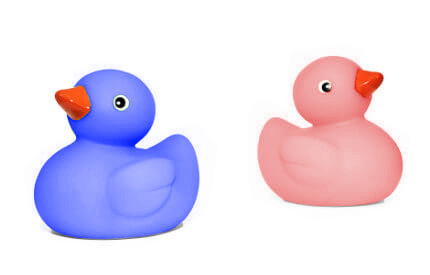
Get your ducks in a row in this interactive version of the Duck-Rabbit illusion!

The Zöllner Illusion is a classic optical illusion in which a series of parallel black lines, which are crossed with short, repeating red lines, creates the illusion that the black lines are not parallel.
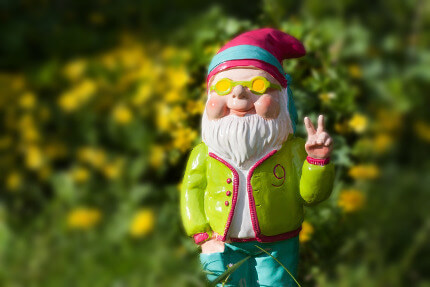
Have you seen the vanishing leprechaun? A geometric vanish in which 1 of 15 leprechauns vanishes when the puzzle pieces are rearranged.

Do you know your ABC's? An amusing alphanumeric ambiguity.
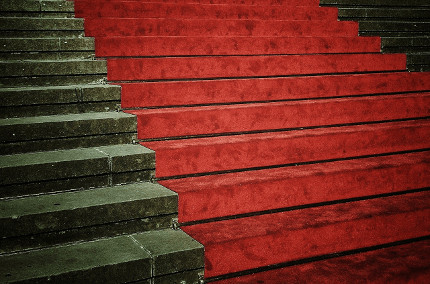
Proof that up is down and down is up. The Schroeder Stairs Ambiguous Figure was created by Heinrich G. F. Schröder. I personally added the ambigrams for additional ambiguous amusement.
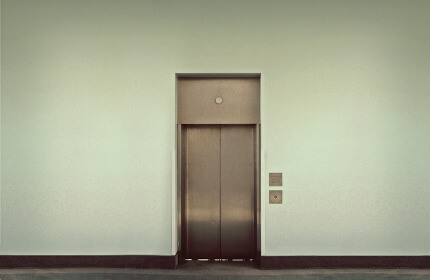
Still further proof that up is down and down is up.
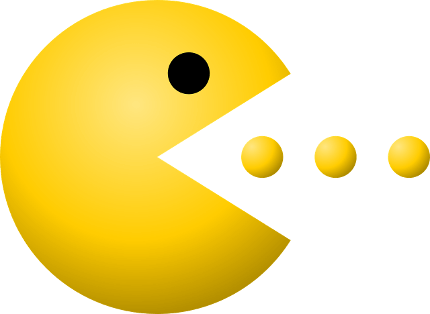
Blast from the past? This optical illusion known as the Kanizsa Triangle in which Illusory contours (or subjective contours) evoke the perception of a triangle.

The Ebbinghaus Illusion is an optical illusion of relative size perception.
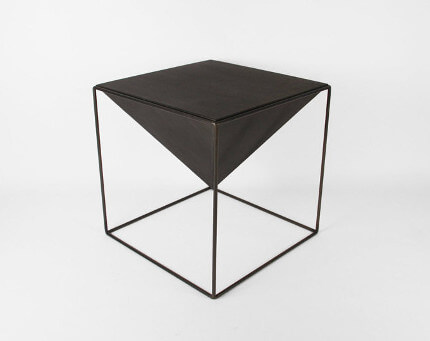
The Necker Cube is an ambiguous drawing that can be interpreted as being viewed from either above or below. It is named after Louis Albert Necker.
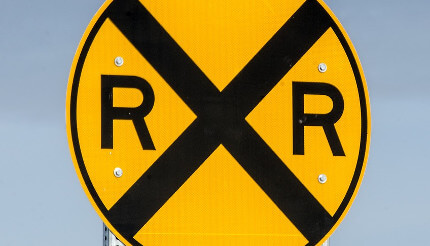
Wrong side of the tracks. The Ponzo Illusion is an optical illusion that was first demonstrated by the Italian psychologist Mario Ponzo.
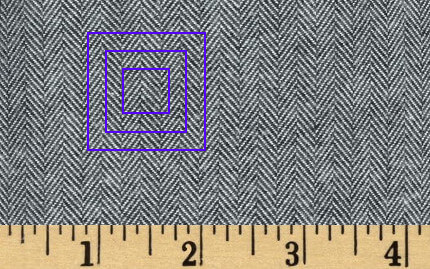
The perfect illusion? No, the perfect squares illusion. A variation on the Zöllner Illusion.
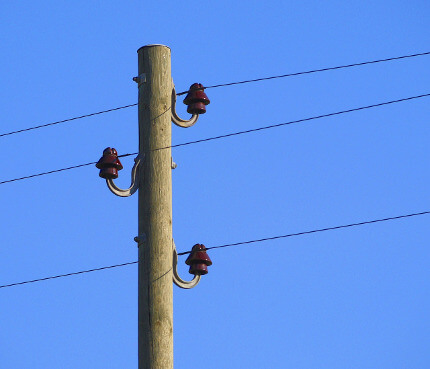
The Poggendorff Illusion is an optical illusion that involves the brain's perception of the interaction between diagonal lines and horizontal and vertical edges. It is named after Poggendorff, who discovered it.
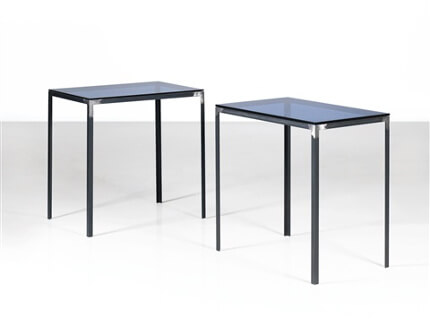
Which table is bigger? Would you bet your money on it? Shepard Tables (also known as the Shepard Tabletop Illusion) are an optical illusion, published by Roger N. Shepard, in which two identical table tops appear to be of different sizes.

Watch the bunny grow right before your very eyes. In the Waterfall Effect a.k.a. the Motion Aftereffect, or, the Spiral Aftereffect, the illusion of movement is experienced when looking at a stationary stimulus after looking at something moving in one direction for some time.
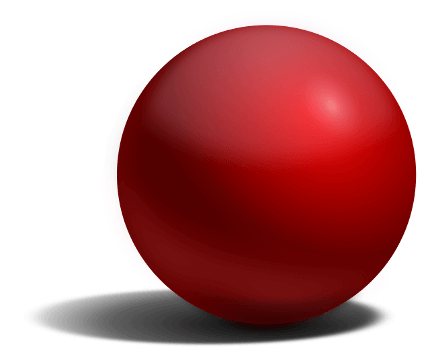
Where is the ball in space? The shadow gives our brain important clues that help to determine the physical orientation of an object in space. Because of this, shadow can also be used to easily fool us. See how shadow influences the perception of position.

There's more to this colorful optical illusion than meets the eyes. A Negative Afterimage, in which a negative image appears in the eyes after a period of exposure to the original (positive) image.
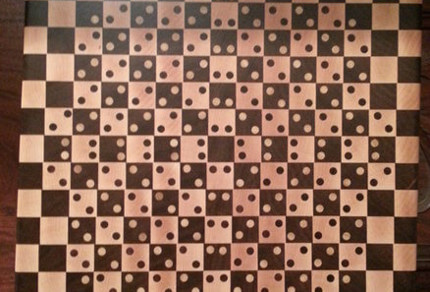
Do you see a bulge? In the Checkerboard Bulge Illusion, from Akiyoshi Kitaoka, a checkerboard appears to bulge.
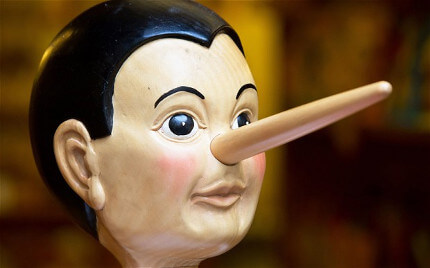
Liar, liar, pants on fire! An Optical Illusion by Paul Agule.

This illusion is best described as visual rather than optical because the "trick" happens in the mind not the eyes.

You decide friend or foe. An ambiguous image or reversible figure which allows perception of two distinct image forms.
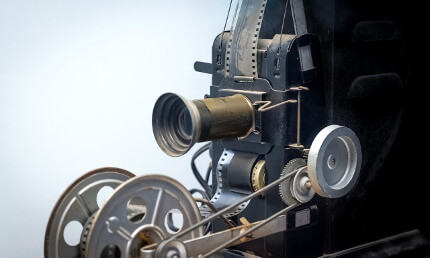
A tribute to world's most popular optical illusion! Illusory motion, in which a succession of static images creates the illusion of motion.

Barrier-grid animation, also known as a kinegram, and picket fence animation and often referred to as Scanimation, is an animation effect created by moving a striped transparent overlay across an interlaced image.

The Penrose Triangle, also known as the Penrose Tribar, or the Impossible Tribar was first created by the Swedish artist Oscar Reutersvärd in 1934. The psychiatrist Lionel Penrose and his mathematician son Roger Penrose independently devised and popularized it in the 1950s.

Gianni A. Sarcone designed this Pulsating Star illusion, based on the Müller-Lyer Illusion principle.
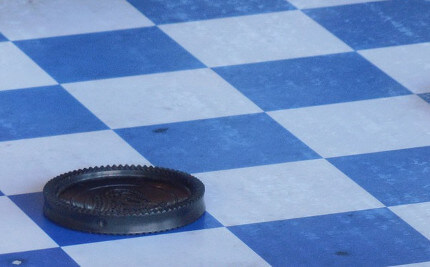
Edward H. Adelson, Professor in Vision Science at MIT, published this optical illusion in 1995.
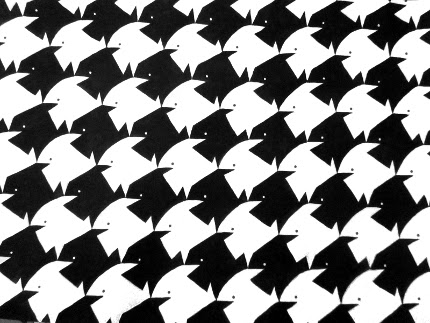
Do you see black figures on a white background, or do you see white figures on a black background?

Can you hear (or even feel) with your eyes? Is this an visual illusion, or a tactile or auditory hallucination?
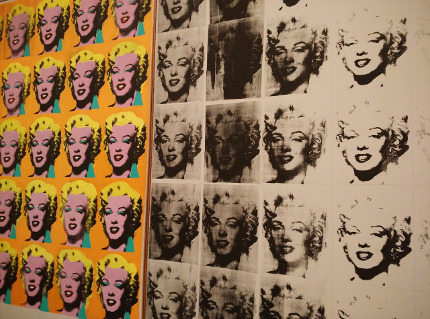
A hybrid image is an image that is perceived in one of two different ways, depending on viewing distance. A technique for creating hybrid images was developed by Aude Oliva of MIT and Philippe G. Schyns of University of Glasgow.
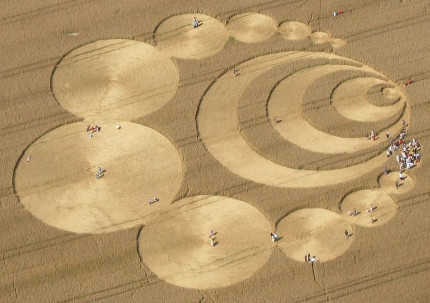
Take these Crop Circles for a Spin! Much like the Rotoreliefs and Phenakistoscopes above, rotating these crop circles create interesting optical effects.
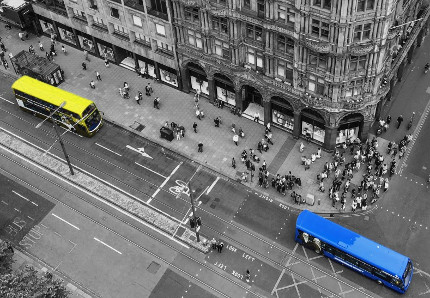
A motion perception phenomenon occurring when two buses, one blue and the other yellow, move horizontally across a street consisting of black and white stripes. Both buses move at a constant speed, however, their perceived speed varies dramatically.

Thrilling animations will skip along before you eyes as these records play on this interactive turntable!